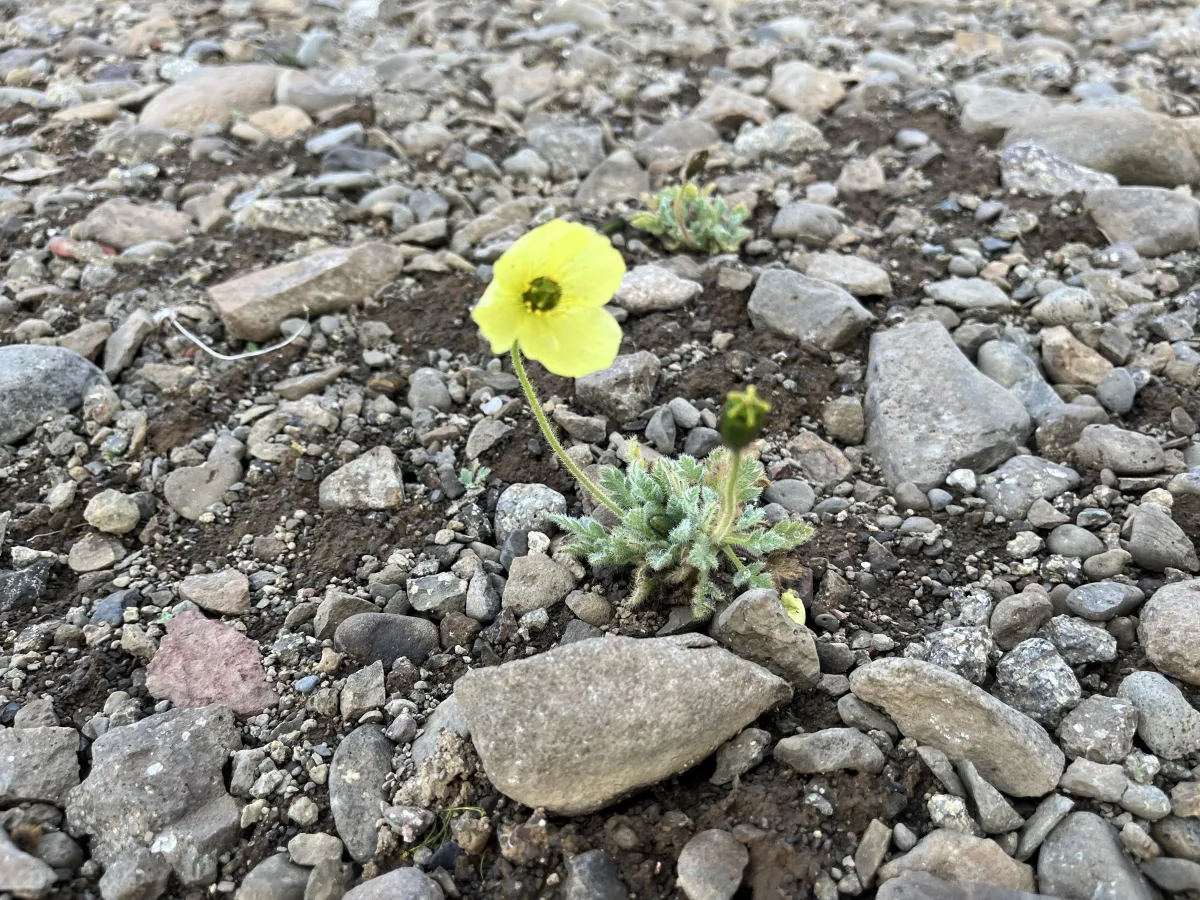
Fragility in the System
When I began my studies in Germany in International Business Administration back in the 1990s (!!), the focus was clear: how to run multinational corporations.
And I was fascinated.
I loved the global system, the sense of expansion, the growing international communication.
We’re talking about 1994–1998. No internet, nota bene!!!!
Fast forward to today: I’m about as far from the world of big international companies as you can get — just me, figuring things out day by day from my home office as an entrepreneur.
And now I find myself questioning the very system I admired back then. If the last years have taught me anything, it’s this: our systems are not as solid as we think.
They look strong, global trade, energy markets, food production, but when pressure hits, cracks appear fast.
In Iceland, during Covid, supermarket shelves went half-empty. Suddenly, the idea that “global systems will take care of it” felt naïve. That’s fragility in real time.
👉 Climate change makes it sharper. One dry summer in Spain and prices in Reykjavík soar. A late frost in Sweden shifts berry harvests. “Far away” is not far away anymore.
But fragility isn’t just bad news.
It’s a wake-up call.
Efficiency, fast, cheap, optimized ......cannot be our only measure of success. Systems that survive are the ones with breathing space, diversity and resilience. I am not a scientist but nature has always known this.
👉 For young sustainability professionals, this awareness is so necessary and crucial. It shifts your role from “fixing leaks in a sinking ship” to reimagining what the ship could be.
We need you to design systems that bend without breaking, that serve today’s needs and tomorrow’s generations. 👍
Fragility is here, yes. But it’s also a signal. And if we pause and listen, it can guide us toward building something stronger and lasting. For big changes as such, we need leaders who are genuine and strong from inside out.
For the future.
Be Kind & BGlobal,
Berglind ❤️
